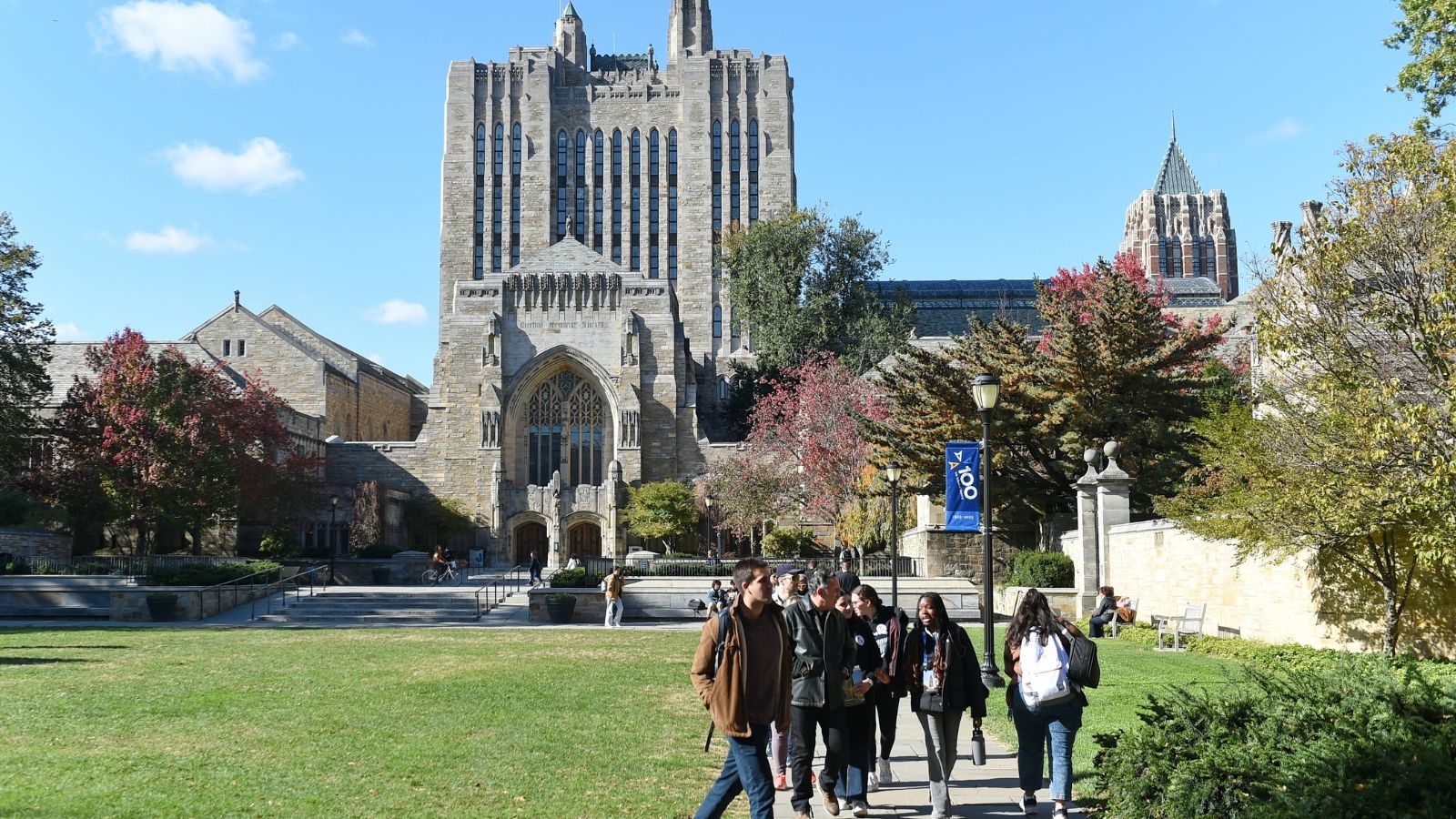Education is often touted as the great equalizer, a human right, and a pathway to opportunity. Historically, access to education has been seen as essential for personal growth and societal development. However, the face of education is changing dramatically, increasingly indicating that it is becoming a luxury rather than a universal right. While the doors to learning may still be open, not everyone can afford to walk through those doors. Here are 20 startling trends that suggest education is becoming a luxury.
Rising Student Loan Debt

The growth of reliance on funds from student loans to finance education has burdened generations with crushing debt. Student loan debt in the U.S. alone exceeds $1.7 trillion. Much of this weighs against pursuing higher education, especially for low-income families afraid of falling into long-term debt.
Uneven Distribution of Technology

Access is becoming unequal as education increasingly becomes technology-based—from online learning to digital content. Students from low-income families often lack the necessary devices and internet connectivity. This digital divide makes it challenging for these students to keep pace with their peers, creating a bias in education that favors those who can afford the tools needed to access and utilize these resources.
Privatization of Learning Institutions

Another sign that education is becoming a luxury is the increasing privatization of schools and universities. Private institutions typically cater to wealthier students and offer a higher quality of education than underfunded public schools. This trend indirectly allows only those with financial means to access better-quality education, leaving others to attend lower-quality public institutions.
Shrinking Public Expenditure on Education

Over the past two decades, there has been a dramatic reduction in public funding for higher education worldwide. As a result, the cost of education has soared, making it increasingly unaffordable for lower-income families. This shift places a greater financial burden on students as governments shift more costs to individuals, further limiting access to education for those who need it most.
Tuition Fees Hike

Education has also become a luxury due to the high growth in tuition costs. Costs for higher education are rising in developed countries at rates greater than inflationary trends. The same trend is visible in developing countries. The average tuition fees in some private universities in the United States could run to more than $50,000 a year. This sets education at university levels out of the financial reach of so many families and becomes burdensome on their financial muscles.
Elite Universities and Exclusive Networks

Elite universities and exclusive private schools are becoming increasingly selective, turning education into a prestige good. These institutions not only require significant tuition fees but also provide access to powerful networks. As a result, gaining entry into these circles is becoming more challenging for individuals from less privileged backgrounds, further entrenching social inequalities in educational opportunities.
Rising Costs in School Supplies and Extracurricular Activities

Schools today are no longer just about books. School supplies, field trips, extracurricular activities, and other learning experiences become more expensive by the day, adding up quickly. Only well-off families can afford these add-ons, which often eliminate opportunities for the less affluent, leaving a slimmer educational experience.
International Status Symbol of Education

Sending children abroad has become a status symbol and a mark of prestige and wealth. Globalization or international education is booming, but it comes with a cost – high costs to access international education. Education remains a luxury for many, as only the elites send their kids to study abroad. The elite sends their children to prestigious overseas institutions, further amplifying education as a luxury.
Test Score Obsessed

Standardized testing has come to be an integral part of modern education systems, but these tests tend to benefit kids from better-off families. Better-off families can spend their money on private tuition and prep courses that give their children greater exposure and expertise over other kids in these exams. These include the SAT, GRE, and LSAT, among others.
Early Childhood Education Inequality

Quality early childhood education leads to better long-term academic performance, yet it remains inaccessible for many low-income families. In contrast, more affluent families are investing in private preschools and early development programs, giving their children a significant head start. This disparity exacerbates educational inequality, as underfunded public schools often cannot provide comparable early learning opportunities for children from less privileged backgrounds.
Homeschooling by the Rich

Homeschooling is no longer an alternative for those who want to avoid traditional schooling. Wealthy families hire private tutors or set up a home learning center to gain quality education attuned to individual needs, something that most people cannot afford. Such tendencies widen the gap between the rich and the poor.
Education as a Tool for Investment

To the rich, it has become an investment into the future of their children: parents are willing to spend hundreds or thousands of dollars on private tutors, preparatory schools, and consultants for college. Because education is treated like a commodity, not a universal right, it prices out those who cannot make such investments.
Unequal Teacher Quality

Better-qualified teachers are attracted to schools in wealthier areas through higher salaries and better working conditions. As a result, more students have to learn from relatively lesser-qualified teachers who may not have completed their education or are overextended due to high teaching loads.
Competitive Admissions Processes

Families are now spending tens of thousands of dollars on tutors, college admissions coaches, and extracurricular activities to make their children more attractive candidates in what has become a highly competitive process for admission at top schools. Those students whose families cannot afford such services are well out of luck in terms of a level playing field.
Access to Advanced Placement and Honors Programs

Advanced placement and honors programs in many schools are reserved to benefit those students who can afford the added extras required to succeed. The additional tutoring, better materials, and more time required are easier for these children to access.
The Push for Private Education in Developing Countries

The push for private education is increasing in developing countries. Resources and outcomes from private institutions are indeed better than those of the public sector; however, these are out of reach for most common citizens. This has resulted in a dual system where only high-income people will benefit from quality education.
Decline in Vocational Education

Funding and support for vocational education programs have significantly declined. These programs have typically served as an alternative way for those students who do not go to traditional college. The reduction of these programs limits opportunities for poor students to acquire practical skills and good-paying jobs.
The Role of Endowments and Donations

Much about the exclusivity of elite institutions will be determined by endowments and donations. Very often, wealthy families donate to ensure that their children will be in those institutions, thereby underlining the supposition that quality education is only accessible to those who have the means to pay for it.
Education Becomes a Privilege for the Few

Education, once viewed as a fundamental right, has increasingly become a privilege accessible only to those who can afford it. The value of the learning process now extends beyond academics to include experiences such as study abroad programs and exclusive internships. These opportunities often come with significant costs, making them available primarily to affluent individuals with substantial financial resources.
The Growing Importance of Alumni Networks

This is an extremely valuable set of contacts that students will have recourse to in good quality schools and colleges; they will get better opportunities and internships and be able to get employment opportunities. Essentially, these networks are impossible for poor students who cannot attend prestigious institutions, thereby cementing this social-economic gap.
Conclusion

The trends outlined above confirm a troubling reversal in the global education landscape. Once seen as the key to opportunity, education is increasingly becoming an elite affair accessible primarily to the wealthy, leaving those from less privileged backgrounds behind. Factors such as rising tuition fees, student loans, limited access to advanced programs, and exclusivity of elite institutions are widening the gap between rich and poor at an alarming rate. If education is to remain a universal right and a genuine tool for social mobility, action must be taken to address these inequalities. Otherwise, the promises of accessible education may soon turn into unfulfilled dreams for many.
18 Reasons Why People Are Leaving Florida in Masses

Exploring factors that impact the desirability of living in Florida, this list delves into various challenges shaping residents’ experiences. From environmental concerns like rising sea levels to economic factors such as fluctuating job markets, these issues collectively contribute to a nuanced understanding of the state’s appeal.
18 Reasons Why People Are Leaving Florida in Masses
